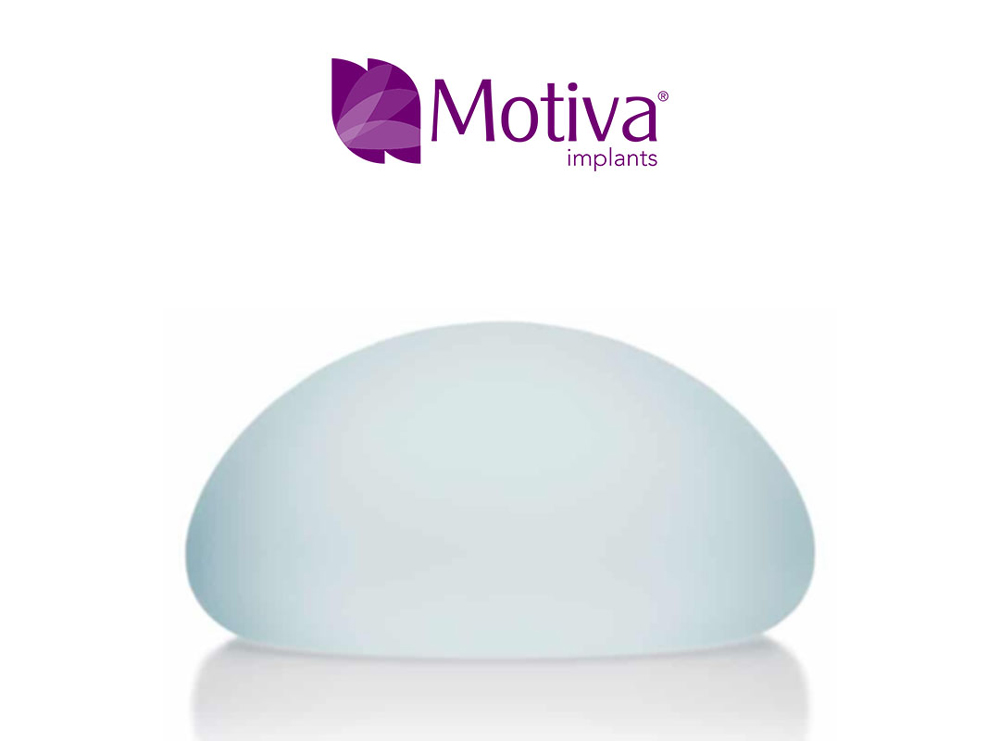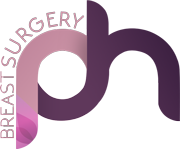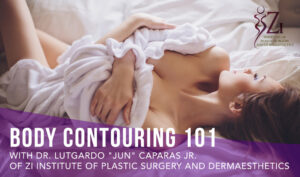Partial and total breast removal is often the option for breast cancer treatment. In the medical field, it is called mastectomy. Patients who underwent this procedure also go through another surgery to rebuild the shape and look of their breasts. This procedure is commonly known as breast reconstruction surgery.
Many women undergo breast reconstruction surgery to reduce the psychological impacts brought by mastectomy. Post-mastectomy, women tend to feel a sense of “incompleteness” upon losing their breasts. These impacts may cause patients tough times, the reason why they have to look for ways to cope up.
Regaining their self-esteem, improving their body image, and even well-being are some of the reasons for choosing to undergo breast reconstruction. For most of these women, reclaiming the shape of the breasts serves as their goal and surgeons help them feel better about their bodies.
Types of Breast Reconstruction Procedures
Patients can choose reconstructive surgeries after mastectomy. These surgical procedures are available in the market, and these sometimes mean more than an operation.
Consulting surgeons could help patients decide which reconstructive surgery will best fit them. Taking time to learn and deep dive with these options enables patients to acquire a better understanding of the surgery. Furthermore, a patient’s health factors and personal preferences should also be discussed and considered.
There are two main techniques for reconstructing breasts:
a. Implant Breast Reconstruction
b. Autologous or Flap Breast Reconstruction
Implant Reconstruction
Rebuilding the breast using an implant requires less surgery than the flap reconstruction.
The breast implants can either be with saline (saltwater) or silicone gel. Both implants have an outer shell that is composed of silicone – a saline implant is filled with saltwater while the silicone implant is a silicone gel interior. The texture for saline implants is not as soft as silicone implants. A silicone implant is full when inserted with natural breast-like tissue texture.
Breast Reconstruction with Motiva® Implants

In addition, there also is an existing breast implant that brings a softer feel, and a shorter surgical period, perfect for the recreation of a natural-like breast. Taking these factors into account could give patients gratification for their needs during breast reconstruction surgery.
With Motiva® Breast Implants, patients can guarantee the quality of the implant, achieving a natural-feeling and natural-looking breast. Safety and reliability are also guaranteed, backed up with years of research development.
Motiva® Breast Implants come in Motiva® Round. It is a silicone-based implant that is highly preferred by experts to help increase upper-pole fullness. The implant also offers balanced gel elasticity and firmness. It is filled with the ProgressiveGel®, an elastic silicone gel, which minimizes the chance of rippling.
Besides, it has an enhanced mechanical quality called a TrueMonobloc®. This feature allows smaller incisions (2.5 cm to 3 cm) than the traditional one (5 cm). Motiva® Breast Implants can be stretched and inserted smoothly with the patient feeling lesser pain, lesser bleeding, and minimize scars for fast recovery.
Motiva® also has SmoothSilk®/SilkSurface®, which is made through 3D nanotechnology. It ensures that the quality of the implant is met with consistent results and less chances of developing complications such as capsular contracture, late seroma and infection.
With an overall complication rate of less than 1%, Motiva® offers safe and innovative efforts to give patients aesthetic satisfaction. It also shows low rates of risks of capsular contracture and zero cases of BIA-ALCL (Breast Implant-Associated Anaplastic Large Cell Lymphoma). Motiva® Breast Implants are highly available in 60 countries, including countries in the APAC region such as Singapore, Philippines, South Korea,and Japan.
To know about Motiva® Breast Implant for breast reconstruction surgery, contact us for more information.
Autologous or Flap Breast Reconstruction
Tissues such as skin, fat, and muscles can be used to reconstruct a human breast. These tissues usually come from the belly, the buttocks, or the inner thighs. This technique is called autologous or autogenous reconstruction.
Breast reconstruction using tissues from a donor area in the human body may last longer than implants but requires an extensive surgical procedure. Because it takes from a different part of the body, this technique causes longer recovery time as both your breast and donor area are healing.
Flap reconstruction comes in a variety of procedures, depending on the location of the tissues. Here are some of the popular flap reconstruction procedures.
Autologous reconstruction using abdominal tissue:
a. DIEP Flap
b. SIEA Flap
c. TRAM Flap
Flap Reconstruction using back tissue:
a. Latissimus Dorsi Flap: This is not purely a flap reconstruction as it mostly requires an implant.
Flap reconstruction using hip/buttocks tissue:
a. IGAP Flap
b. SGAP Flap
Expectations: Before and After the Breast Reconstruction Surgery
Preparing for breast reconstruction surgery would require patients to take note of their expectations. At some point, setting up a realistic one from the procedure should take into account alongside queries for the surgeons. Consequently, the benefits and risks of the type of reconstruction shall also be understood to help the patient be as prepared as possible. Following the surgeon’s instructions would be vital for the success of the surgery.
Besides, understanding surgery cost is a significant factor, taking into consideration the health insurance policies to help patients be aware of its coverage.
Lastly, expectations after surgery should also take place as it plays a vital role in a patient’s motivation for an improved quality of life. Though breast reconstruction may cause potential risks after surgery, it is better to understand how to take care of the surgery sites and follow breast care.





